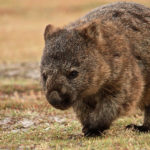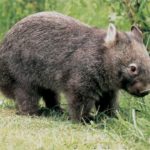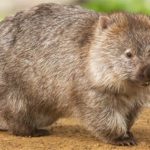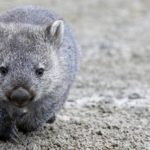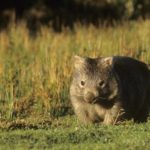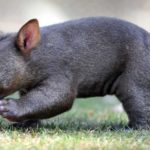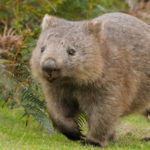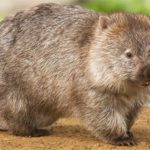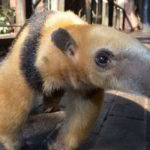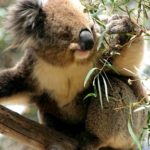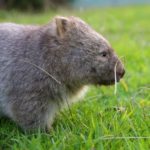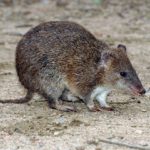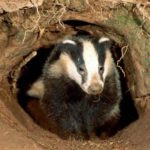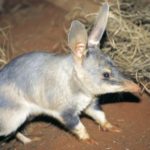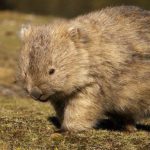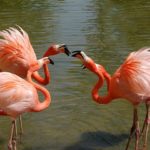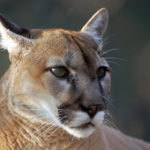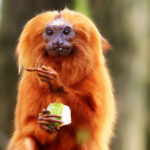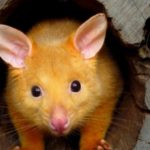Northern hairy nosed wombat
 The Northern hairy nosed(Queensland) wombat is one of the rarest mammals in the world, and at the same time the largest digging mammal. To date, the animal population, according to various sources, has between 90 and 110 individuals, and all of them live on an area of 300 hectares of the Epping Forest National Park in Central Queensland. Until 1910 there were two more populations, but human intervention led to their disappearance.
The Northern hairy nosed(Queensland) wombat is one of the rarest mammals in the world, and at the same time the largest digging mammal. To date, the animal population, according to various sources, has between 90 and 110 individuals, and all of them live on an area of 300 hectares of the Epping Forest National Park in Central Queensland. Until 1910 there were two more populations, but human intervention led to their disappearance.
Like his closest two brothers, the Northern hairy nosed wombat has a squat figure, a short tail and strong short paws, equipped with powerful claws. A rather large head is crowned with pointed ears, eyes are small, there are long mustaches on the muzzle, which sometimes makes the beast call a mustache wombat. The color of silky fur varies from silvery gray to brown, with dark circles around the eyes. The body length on the average is about 1 meter, between the sexes there is practically no difference in size.
This species lives in semi-arid sand meadows and sparse forests of acacia and eucalyptus, leading a predominantly nocturnal lifestyle, occasionally basking in the sun during the day. Wombs live alone in an area of about 15 hectares, using burrows as a refuge, which they themselves dig out. In sandy soil, animals create large and complex systems of tunnels that have several entrances. The animal marks its hole with the help of urine and feces, which, by the way, has the form of cubes.
The mating period in the Queensland wombat falls on the spring-summer period. Pregnancy lasts only about 20 days, and then not yet fully developed baby is placed in a bag, where it spends about 6 months. Yes, the wombat refers to marsupials, as well as kangaroos, koalas and the Tasmanian devil. In the litter there is always only one calf, which spends about a year and a half with the mother.
